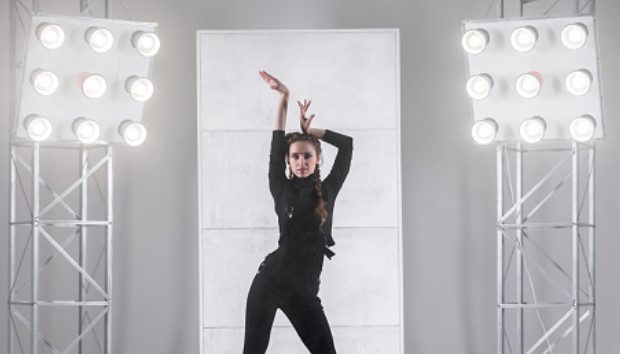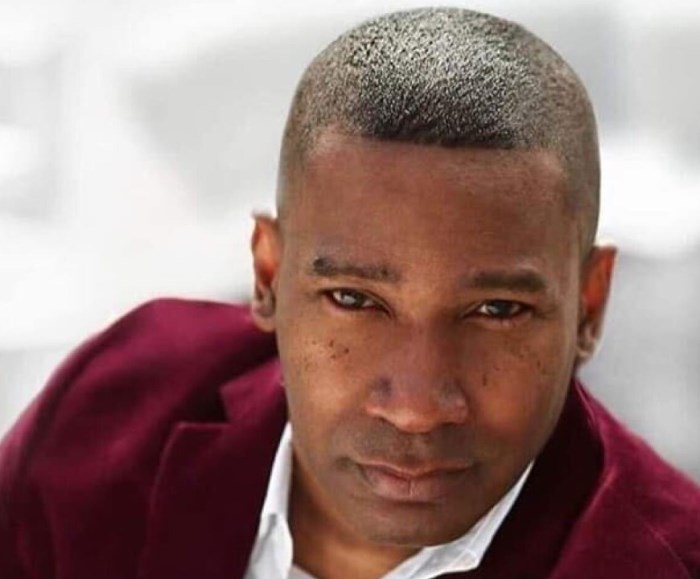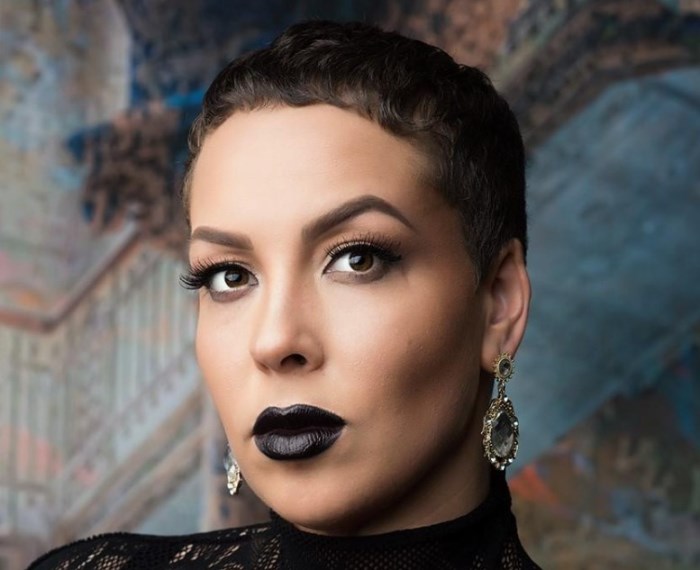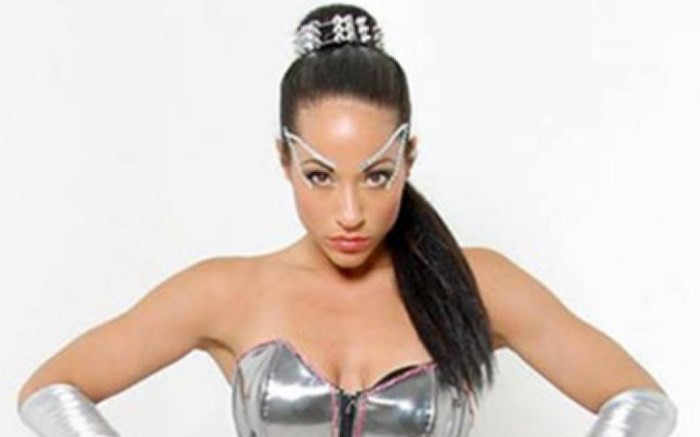From the underground clubs of Los Angeles in the 1970s, the waacking dance has become a monument for the participation and influence of the LGBTQIA+ community in the street dance scene.
The fluid arm movements, intricate hand gestures, and footwork of this dance over the background of classic 70s disco has caught the attention of many.
Most recently, it was choreographed into a dance session on an episode of So You Think You Can Dance. It’s even incorporated into the dance theater curriculum at the University of South Carolina!
But before we get too deep into it … who created the waacking dance? What about its history and characteristics? We’ll be answering all of these questions in today’s feature on the waacking dance!
Table of Contents
What Is Waacking Dance
You can recognize this special flavor of street dancing by its intricate and fast arm movements and freezes. Most of the movements will originate in the shoulders of the dancer. Some moves are, amusingly, described as: “[resembling] a person dancing with invisible nunchucks” (more on this later.)
While the footwork of Waacking draws inspiration from Latin and jazz dance, the style’s primary focus is always on the expressive and dynamic use of the arms and hands.
The dance as a whole has a distinctly feminine flair to it and is extremely expressive. So expressive, in fact, that some people may mistake the snappy and strong movements of the dancer to be aggressive!
Waacking Dance Origin
The waacking dance style originated in the underground LGBTQIA+ clubs of Los Angeles in the 1970s.
Before the arrival of waacking, at the time, a dancing style known as “punking” was really popular among club-goers. The word “punk” was used back then as a derogatory term for gay men.
Waacking is basically punking for a different name. The “waacking” dance meaning was derived from “whack”, which is a dance move in punking that involves moving the arms and hands over the head to the rhythm of the music.
Even though punking was a big hit among club-goers at the time, the word “punking” has a negative connotation to it that nobody wants to be associated with. That’s why the term “Waackin” was born.
Later, Jeffery Daniel, a famous American dancer, added the “g” to “Waackin” and the name’s now mainstream today.
Nobody really knows who’s the first person to come up with the dance or even thought up the term “Waackin”. Like many of the underground street dances at the time, it just popped into existence and quickly spread to clubs all around the country.
According to some sources, the dance came to being from imported Disco music, which was manually sped up to higher tempi to create a livelier and more danceable atmosphere in a club.
Waacking was mostly an underground dance until the TV show Soul Train picked up on it and a famous dance group took up Waacking as their main theme: the LA-based Outrageous Waacking Dancers.
Waacking vs Voguing and Locking
Waacking, Voguing, and Locking are all dance styles that emerged from the underground dance scenes in the 1960s and 1970s. While they share some similarities, each style has its unique characteristics.
The waacking dance characteristics, as we discussed earlier, is a dance style that emphasizes the use of the arms and hands. The movements are fluid and fast-paced.
Voguing, on the other hand, is a dance style that was popularized in the ballroom scene of New York City in the 1980s.
The “old way” of Voguing (used to refer to the original style of the dance) emphasizes the precise formation of lines and shapes from the dancer’s body. Egyptian hieroglyphs and poses from fashion magazines were big influences for this dance style.
And last but not least, Locking started to become popular in the late 1960s and early 1970s. The dance style emphasizes the use of “locking” movements, which involve freezing the body in specific poses before moving on to the next movement.
While Waacking, Voguing, and Locking all share roots in street dance culture, each style has its unique characteristics and moves, as you can see!
Check more: Where Did The Tutting Dance Originate?
Waacking Dance Moves
Because waacking is a freestyle dance, no one really keeps a tab of all the potential moves out there. It’s up to each individual dancer and their sense of creativity while vibing to the beat of the music.
But to get you started, there are three popular, basic moves that beginners to waacking are usually introduced to. They’re really easy and you can try them right at home!

Waack Back
The Waack Back is performed by rotating the arm around the back of the shoulder and finishing with a sharp jerk of the arm (imagine you’re trying to hit, swat, or whack something.)
Waack Forward
The Waack Forward, on the other hand, is a lower Waack that involves extending the lower arm out in front of the body. Finish up with the whacking motion like in the Waack Back.
Double Waack
Double Waack is a little bit more difficult. In this move, you’ll use both of your arms and swing them forward and backward, finishing up with a whack.
Best Music For Waacking Dance
Waacking is a dance style that originated in the disco and funk music scenes of the 1970s. So, disco and funk are the quintessential music to play in the background if you want to give waacking a shot!
Usually, people will dance to classic 1970s disco songs. Look for tracks with a funky bassline and a driving beat, like Burn This Disco Out by Michael Jackson or Boogie Fevers by The Sylvers.
Good vocals are optional, but if you want to have some lyrics in your routine, you can pick them, too!
Famous Waacking Dancers
Looking for recordings of famous waackers to check out? Here are a few names worth looking into.
Tyrone Proctor
Tyrone Proctor (or “The Bone”) was an American dancer and choreographer known for his pioneering work in the Waacking dance style.
Raised in Philadelphia, according to an interview, he learned how to dance at a very young age by dancing with his cousins in his aunt’s basement.
In the 1970s, Proctor made regular appearances on the American reality TV show Soul Train and was widely credited as one of the people to popularize waacking. At the time, it was only an underground dance. But with the advocacy of Protor, it eventually became a global phenomenon.
After Soul Train, he became a professional dancer and a dance instructor.
He passed away in 2020 at the age of 66 from a heart attack.
Kumari Suraj
Considered “the Queen of Waacking”, Kumari Suraj is a pioneering figure in the world of Waacking.
She is responsible for many historical firsts, including creating the first Waacking choreography videos on YouTube, which influenced dancers worldwide and helped to popularize the dance style.
Kumari is also the founder and CEO of LA’s International Waack/Punk/Pose Festival (Waackfest), the world’s first festival solely devoted to the cultural education and preservation of Waacking, Whacking, Punking, and Vogue.
She’s been the expert of this genre for decades and is currently the de-facto ambassador for waacking (and many other 70s underground dance styles) on the international stage.
Princess Lockerooo
For the past two decades, the artist known as Princess Lockerooo has been a staunch ambassador for waacking. She has brought the dance over to 26 countries, inspiring self-love and confidence through her workshops and performances.
Most notably, she was featured on the 8th season of the popular reality TV show So You Think You Can Dance? and has been recognized for her contributions as a fellow of the Royal Society Of The Arts.
In addition to her professional career, which she shared with noteworthy artists like Madonna and Icona Pop, she’s also an active philanthropist.
She’s been noted as a strong supporter of LGBTQ rights and a supporter of organizations like Broadway Cares/Equity Fights AIDS.
Final Words
Though it’s gone out of style for decades, you can still find people performing waacking today at many underground dance clubs. You can find waacking moves woven into the dance routines of many popular dancers on TV, too!
In any case, the dance’s definitely not dead yet and there’s still a big audience and community around it.
We hope this article has answered all of the questions you may have about the waacking dance!
What’s your favorite part about this dance? Do you plan on giving it a shot any time soon? Tell us in the comments!



